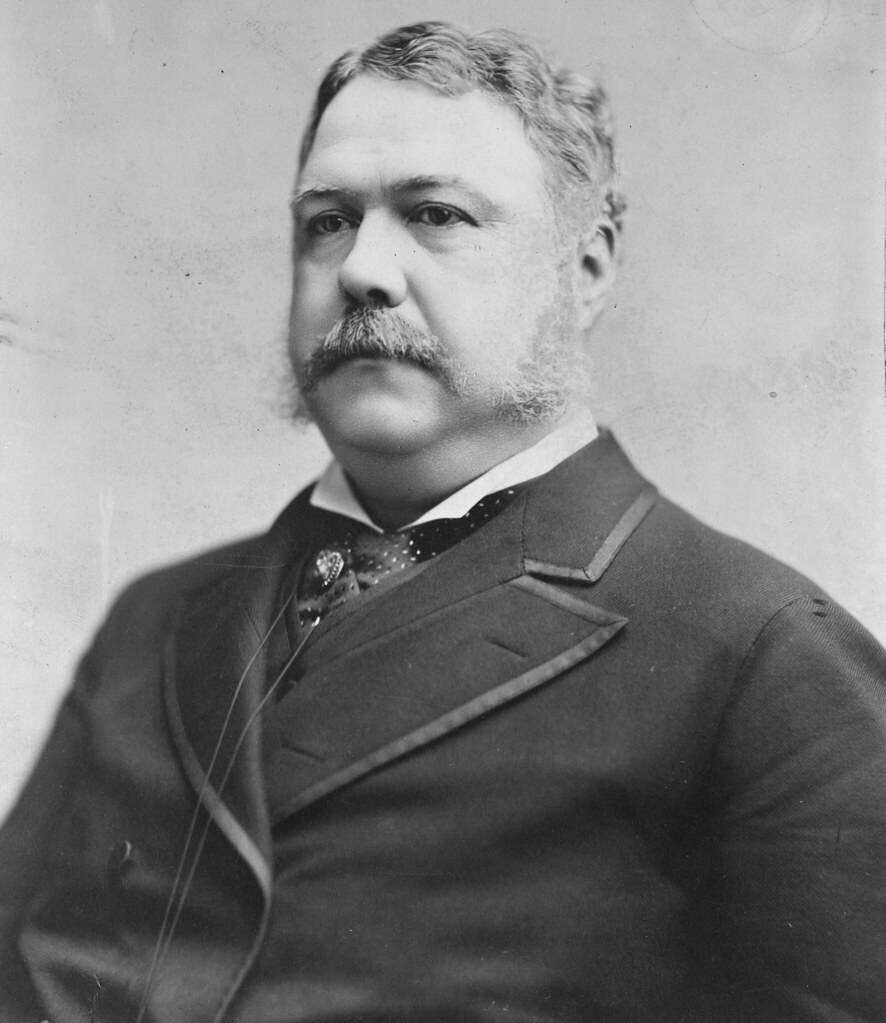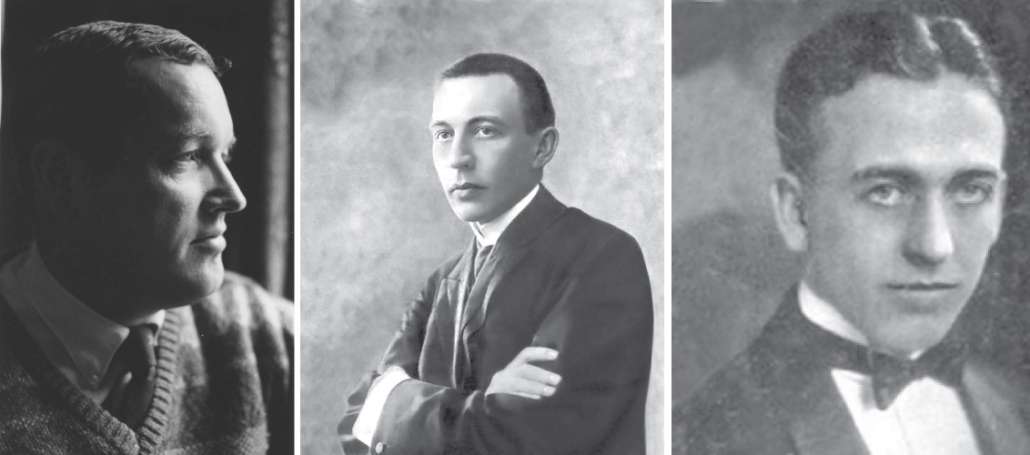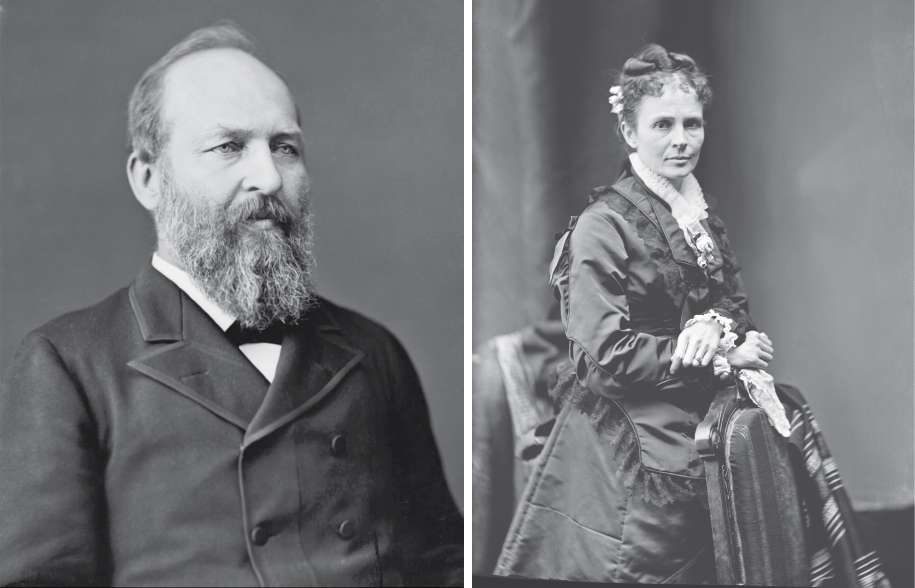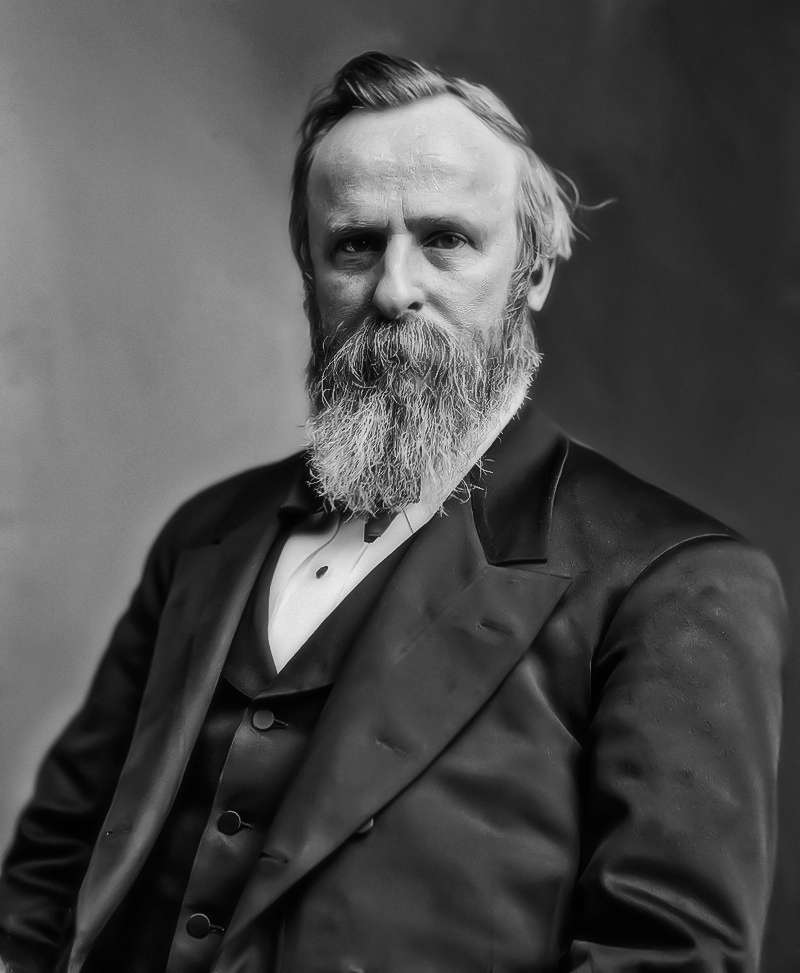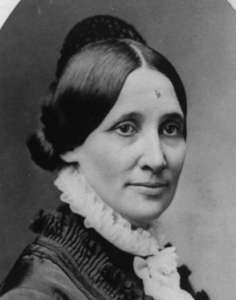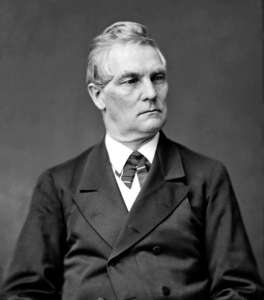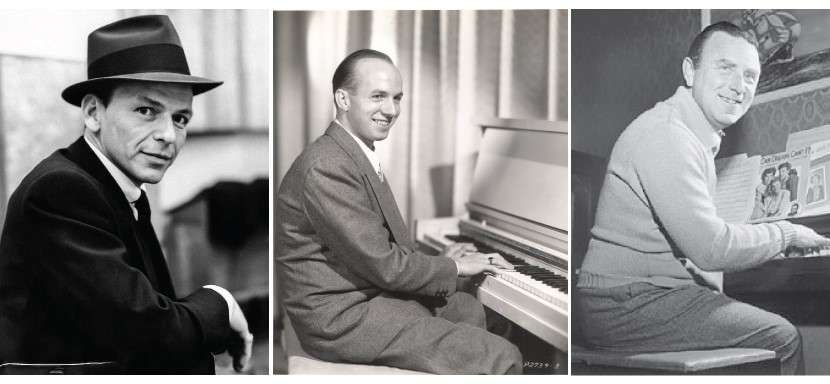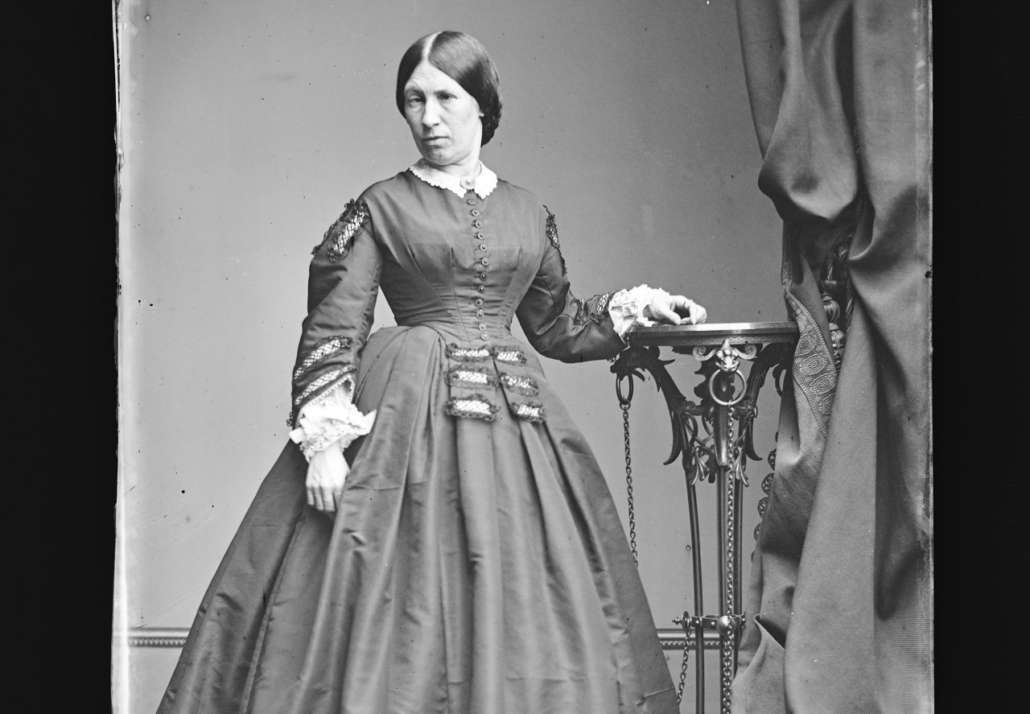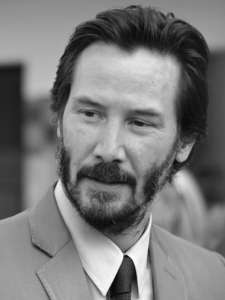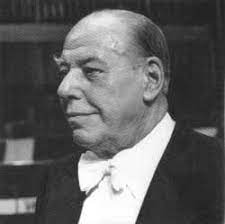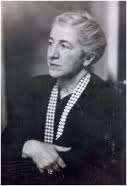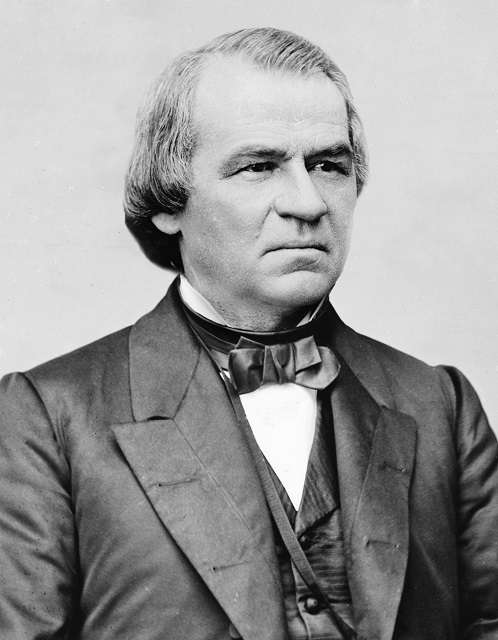REVIEW POTPOURRI: Margaret Dickson
 by Peter Cates
by Peter Cates
Margaret Dickson
Lewiston-born writer Margaret Dickson published a 1985 novel, Octavia’s Hill, which follows four generations of a family, and from which a chapter was anthologized in the book, Maine Speaks.
The excerpt takes place during the horse and buggy days in the very rural community of Monson, itself north of Dexter and Guilford and quite close to Baxter State Park and the 100 Mile Wilderness Trail. It depicts a mother raising her eight-year-old son, Marl, by herself.
One passage that stood out describes a stone wall in the woods that the son uses for shade during his explorations. The words evoke a timeless universality in the landscape, almost spiritual in its dimensions:
“The wall was lichen-covered, its crevices turned to rich humus and scratchy rock crystals that were almost like beach sand. It was in dark, comfortable shade, because this wall went right through the pine forest. Marl sat and stared off into the soundless, sun-dappled, fly-whirling woods and chewed a piece of sweet grass. He could have used his shirt right now, maybe, to keep the bugs off, but he didn’t care. The whole hill was his to play on, and he guessed he could go down and get that old shirt whenever he wanted to. He was happy. Under the wall, his old fortress, the hill breathed and moved with things to do on other days, but for now he was like a baby settled on its breast, so close to the heartbeat of it that it sounded like his own.
“For a little while he thought about the men who had built this wall. They’d slung those old stones day after day to build these rock piles that meandered along the sides of their fields. Then they’d grown old or moved away and left the grass to turn into woods again. It was as if the hill knew something they didn’t. Somehow Marl knew you had to listen to the hill if you wanted things to last.”
Googling for additional information on both Margaret Dickson and Octavia’s Hill, I came across two intriguing off-the-beaten-path items related to these names.
A. Margaret Dickson was the name of an impoverished Scottish maid who was sentenced to death in 1722 by hanging for murdering her infant shortly after its birth. After she was cut down from the rope, she was placed in a coffin inside a wagon by her friends for burial.
On the way to the graveyard, the wagon bounced around constantly and, to the horror of her mourners, she suddenly woke up. Considering this an act of God, the authorities pardoned her and Margaret Dickson lived another few decades.
B. Octavia Hill (1838-1912) was an English social reformer who fought for better living spaces for working people and the preservation of woodlands, but detested government handouts because it eroded self-esteem and individual initiative. She was also a gifted fundraiser with the rich in her encouragement of their volunteer charity.
Black History Month
Black History Month evoked memories of reading the very powerful 1945 memoir, Black Boy, by Richard Wright (1908-1960) in its personalized account of racism during the author’s formative years growing up in Natchez, Mississippi, and Memphis, Tennessee.
Recommended viewing:
The acting of Lee Grant, still living at 97, as a bereaved widow in the 1967 In the Heat of the Night and as a cold-blooded, but very charming murderess in Columbo’s 1971 season opening episode, Ransom for a Dead Man.
* * * * * *
Actor Robert Emhardt (1914-1994) frequently portrayed crooks on such series as Alfred Hitchcock Presents and the Twilight Zone, and had a particularly ominous smile. During the early 1940s, he was one of the co-founders of the Actor’s Studio, in New York City.
* * * * * *
Recommended listening on YouTube and elsewhere – anything by the early 1960s girl vocal group, The Angels – especially The Night Has a Thousand Eyes; and, from a different category, a dreamlike gem of early 20th century music by English composer Frederick Delius (1861-1934), the Prelude to Irmelin, via the recording of this composer’s foremost interpreter, Sir Thomas Beecham (1879-1961).



